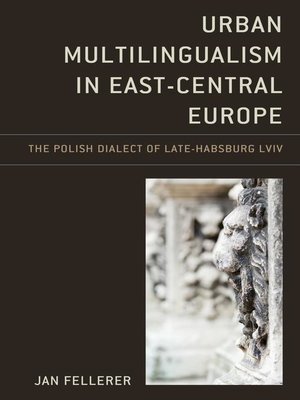Urban Multilingualism in East-Central Europe
ebook ∣ The Polish Dialect of Late-Habsburg Lviv · Studies in Slavic, Baltic, and Eastern European Languages and Cultures
By Jan Fellerer

Sign up to save your library
With an OverDrive account, you can save your favorite libraries for at-a-glance information about availability. Find out more about OverDrive accounts.
Find this title in Libby, the library reading app by OverDrive.



Search for a digital library with this title
Title found at these libraries:
| Library Name | Distance |
|---|---|
| Loading... |
Urban Multilingualism in East-Central Europe: The Polish Dialect of Late-Habsburg Lviv makes the case for a two-pronged approach to past urban multilingualism in East-Central Europe, one that considers both historical and linguistic features. Based on archival materials from late-Habsburg Lemberg––now Lviv in western Ukraine––the author examines its workings in day-to-day life in the streets, shops, and homes of the city in the late nineteenth and early twentieth centuries. The places where the city's Polish-Ukrainian-Yiddish-German encounters took place produced a distinct urban dialect. A variety of south-eastern "borderland" Polish, it was subject to strong ongoing Ukrainian as well as Yiddish and German influence. Jan Fellerer analyzes its main morpho-syntactic features with reference to diverse written and recorded sources of the time. This approach represents a departure from many other studies that focus on the phonetics and inflectional morphology of Slavic dialects. Fellerer argues that contact-induced linguistic change is contingent on the historical specifics of the contact setting. The close-knit urban community of historical Lviv and its dialect provide a rich interdisciplinary case study.







